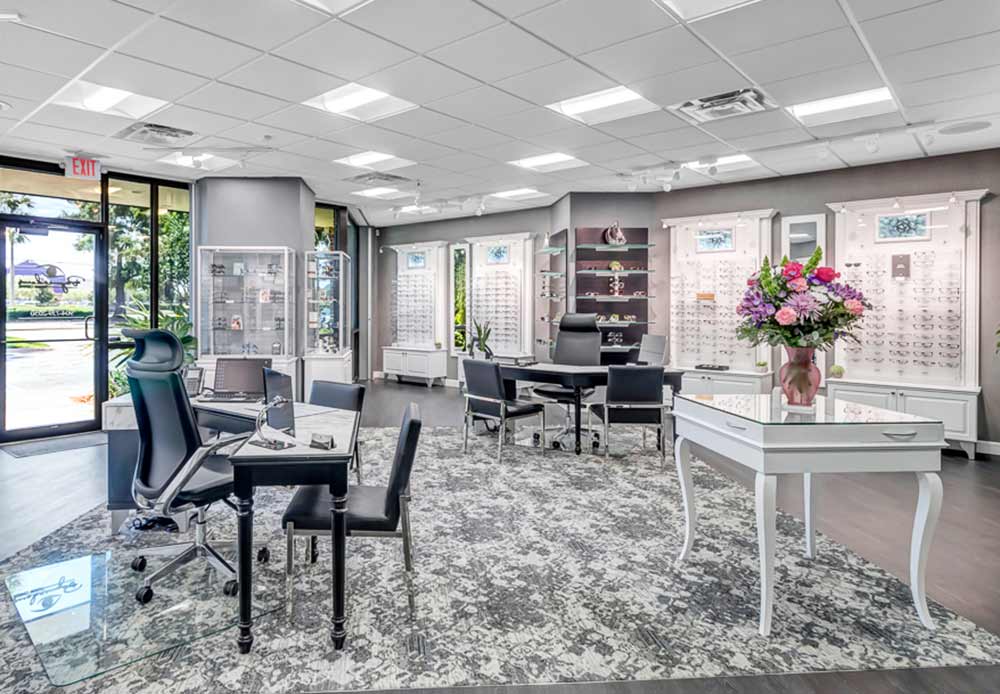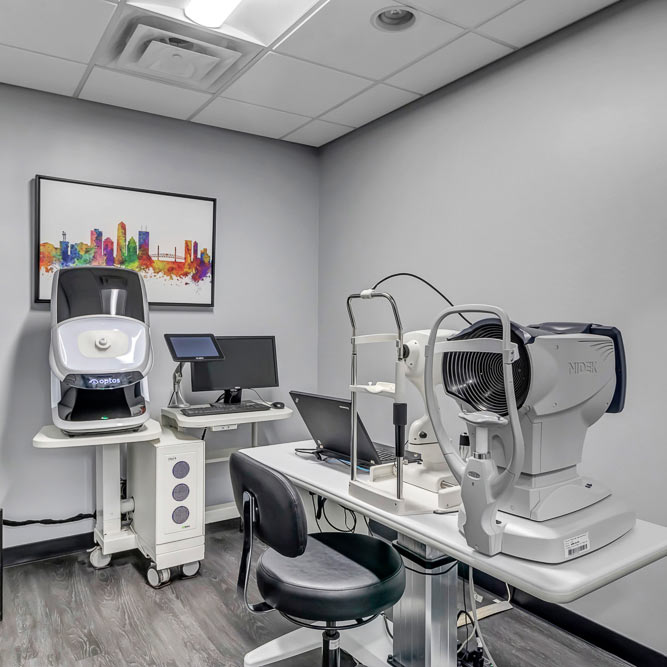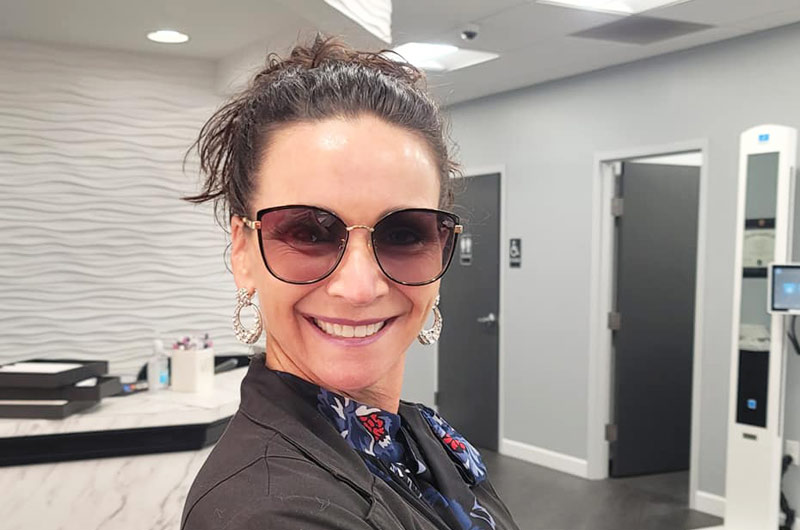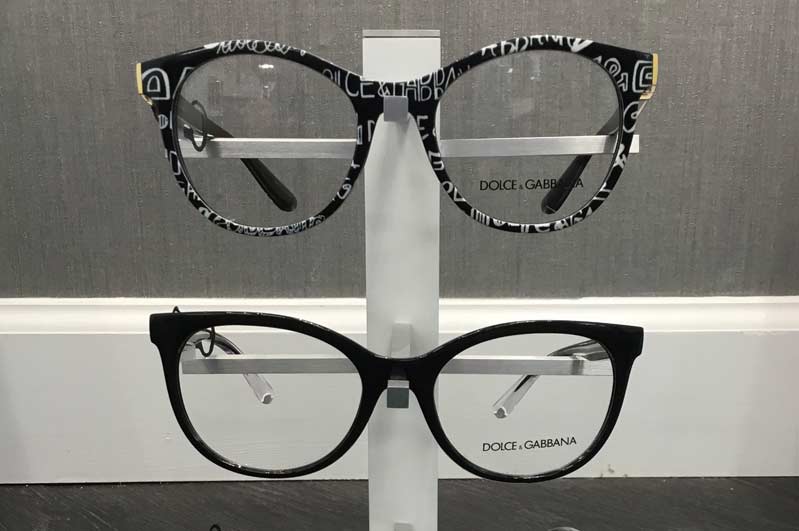Jacksonville, FL
Stylish Eyewear & Trusted Eye Care
Request Appointment

Jacksonville, FL
Stylish Eyewear & Trusted Eye Care
Eye Exams for Clients of all Ages
Welcome to Baymeadows Vision Center, where our team of experts provides exceptional eye care. Led by Dr. Monica Brown, a skilled optometrist with extensive experience, we strive to deliver the highest quality of care. We genuinely care about our patients, and our focus is on giving them the best experience possible. With a reputation for her compassionate and patient-centered approach, Dr. Brown is well-known in the community. Come visit us for all your eye care needs!
At Baymeadows, we offer comprehensive eye exams for patients of all ages, from children to seniors. If you have diabetes, we provide diabetic eye exams to catch any potential issues early on. We also offer contact lens exams to ensure a perfect fit and clear vision.
Eye Exams for Clients
of all Ages
At Baymeadows Vision Center, we offer comprehensive eye exams for patients of all ages, from children to seniors. If you have diabetes, we provide diabetic eye exams to catch any potential issues early on. We also offer contact lens exams to ensure a perfect fit and clear vision.

Adult Eye Exam

Contact Lens Exam

Pediatric Eye Exam

Diabetic Eye Exam
Specialty Eye Care
We offer a range of services to help you see your best, whether you’re dealing with an emergency or a chronic eye disease like glaucoma.
Dry Eye
Diagnosis & Treatment
Eye Spa | TempSure Envi
Emergency Eye Care
Eye Health – Problems & Conditions
Fashion Optical
Are you looking for a pair of glasses that is both fashionable and functional? Our optical features a wide selection of designer eyeglasses and sunglasses for both children and adults, including hypoallergenic options. Our experts are here to help you find the perfect pair to fit your unique style, budget, and prescription needs.

Meet our Doctor
Baymeadows Vision Center is your trusted eye care provider in sunny Jacksonville, Florida. Led by Dr. Monica Brown, a skilled optometrist with extensive experience, we strive to deliver the highest quality of care.
Eye Health Technology
Our team is committed to ongoing education and training to stay up to date with the latest advancements in eye care technology and techniques. We’re proud to offer our patients the highest level of care and comfort during their visits.


Meet our Doctor
Learn about our skilled optometrist Dr. Monica Brown

Eye Health Technology
Diagnostic procedures and patient care to prevent, detect, and treat eye disorders.








